Canon 6D vs Nikon D600
Two "entry-level" full frame cameras go head to head
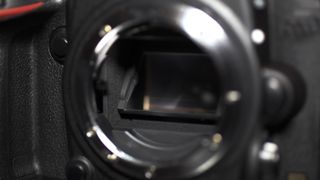
We love a good comparison piece here on TechRadar, and it seems only natural that many consumers and journalists alike will pitch the Canon EOS 6D and Nikon D600 against each other, announced at and just before
, respectively.
After all, both are more affordable versions of their full-frame offerings, and are being viewed by many as the way to get the mass consumer market into using full-frame cameras.
However, there are a fair few differences between the two cameras, so it's worth taking a look if you're considering jumping into the full-frame arena yourself. Here's how the main specs weigh up:
Canon EOS 6D vs Nikon D600: sensor

Both the Canon EOS 6D and the Nikon D600 are offering full-frame sensors in their respective models, but Nikon has the higher resolution device in the shape of its 24.3 million pixel device. Canon has opted for a 20.2 megapixel sensor.
There are both advantages and disadvantages to a higher pixel count. More pixels can increase the chance of image noise, but a higher count is helpful if you want to crop into an image and retain high quality.
Get daily insight, inspiration and deals in your inbox
Get the hottest deals available in your inbox plus news, reviews, opinion, analysis and more from the TechRadar team.
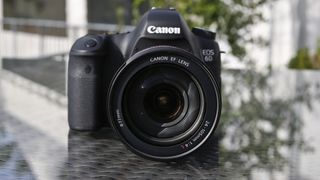
Nikon has already proved that a high resolution sensor can prove very popular with the Nikon D800 this year, which features a whopping 36 million pixels. Meanwhile, the Canon EOS 5D Mark III played it a lot safer, with a 22.3 million pixel offering.
Canon EOS 6D vs Nikon D600: autofocus
Although the Canon EOS 5D Mark III offers an impressive 61 point autofocus system, the Canon EOS 6D doesn't fare anywhere near as well, with just an 11 point system. This is fewer than the 19 points found on the APS-C sensored Canon EOS 7D, and just two more than the Canon EOS 60D.
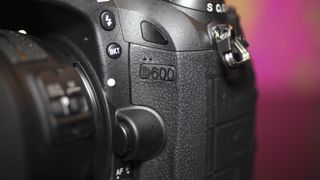
Nikon, on the other hand, has included substantially more AF points, with 39 on the Nikon D600.
However, there's something else that needs to be considered with these cameras. Canon claims that the EOS 6D is able to focus all the down to -3EV, while the Nikon D600 can only manage -1EV. This could make a big difference to low light and night time shooting.
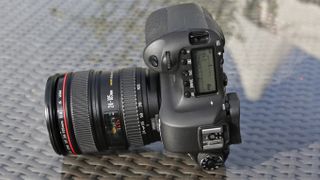
Canon EOS 6D vs Nikon D600: processor and sensitivity
Both the Canon EOS 6D and Nikon D600 are equipped with their company's latest generation processors. The Canon packs a Digic 5+ image processor, while the Nikon houses an Expeed 3 device.
Canon, however, has the edge when it comes to sensitivity settings, offering native speeds of ISO 100-25,600, expandable to ISO 50-102,400. Meanwhile, the D600's native settings are ISO 100-6400, expandable to 50-25,600.
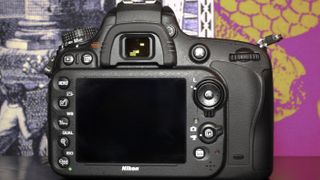
Again, this gives the Canon better potential for low light photography, and it will be interesting to see how the two cameras compare in our labs test when we get the Canon EOS 6D available for full review.
We have already received a Nikon D600 in for testing, and so far have been impressed by its lab performance.
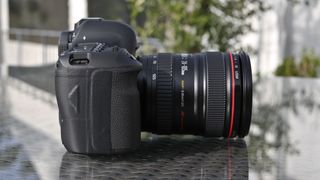
Canon EOS 6D vs Nikon D600: memory
Many people are used to higher end cameras using dual card slots to store images and videos. This gives greater flexibility for different scenarios, giving you options such as saving raw files to one card and JPEGs to the other.
However, Canon has decided to stick with just the one SD card slot on the EOS 6D. There's still no sign of Canon adopting the new XQD card format launched at the very beginning of 2012.
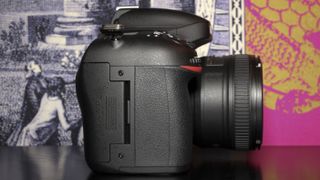
The Nikon D600 has two card slots, although both accept SD cards. This is a pretty sensible move from Nikon which is expecting this camera to appeal to users of cameras lower down in its range which also use SD cards. We wonder if these cards can cope with the heat generated by lots of video recording though.
Nikon is reserving XQD for its flagship Nikon D4 model only.
Amy has been writing about cameras, photography and associated tech since 2009. Amy was once part of the photography testing team for Future Publishing working across TechRadar, Digital Camera, PhotoPlus, N Photo and Photography Week. For her photography, she has won awards and has been exhibited. She often partakes in unusual projects - including one intense year where she used a different camera every single day. Amy is currently the Features Editor at Amateur Photographer magazine, and in her increasingly little spare time works across a number of high-profile publications including Wired, Stuff, Digital Camera World, Expert Reviews, and just a little off-tangent, PetsRadar.
Most Popular



